Last week, the NorCal team at FlowWest had the amazing opportunity to visit the Army Corps of Engineers Bay Model in picturesque Sausalito. The group excitedly dove into this iconic representation of one of the world's most intricate estuarine systems. The Bay Model is a feat of engineering that once served as a cutting-edge & vital tool for understanding the complex interactions between water, land, and human infrastructure. Built in the 1950s, this multi-acre hydraulic model was constructed to simulate the tidal movements and currents within the San Francisco Bay-Delta system.
Captivating scale
Stretching over two acres, the Bay Model encompasses a network of interconnected channels, representing the intricate network of waterways that define the San Francisco Bay from the Delta to San Jose. It's a mesmerizing sight, with miniature bridges, piers, and islands meticulously recreated to scale.
Linda Holm, our knowledgeable tour guide with over 20 years at the Corps, led the group through the facility, explaining the intricate workings of the model, its history with the Corps, and its significance in understanding the Bay's hydrodynamics. Linda provided the FlowWest team with an expert-level tour and answered our many questions about the Bay Model’s history and significance today.
For the team at FlowWest, the visit to the Bay Model was not just a chance to marvel at a remarkable piece of engineering history, it was also a great way to make a new connection between this historic physical model and the state-of-the-art three-dimensional hydrodynamic and sediment modeling tools that FlowWest uses today. Dr. Michael MacWilliams, who recently joined FlowWest as a partner and principal engineer, is the primary developer of the UnTRIM Bay-Delta model which was the first three-dimensional hydrodynamic and sediment transport model of San Francisco Bay and the Sacramento-San Joaquin Delta. For the past 20 years Dr. MacWilliams has used this model in numerous engineering studies of San Francisco Bay and the Sacramento-San Joaquin Delta conducted for federal, state, and local agencies, including the US Army Corps of Engineers.
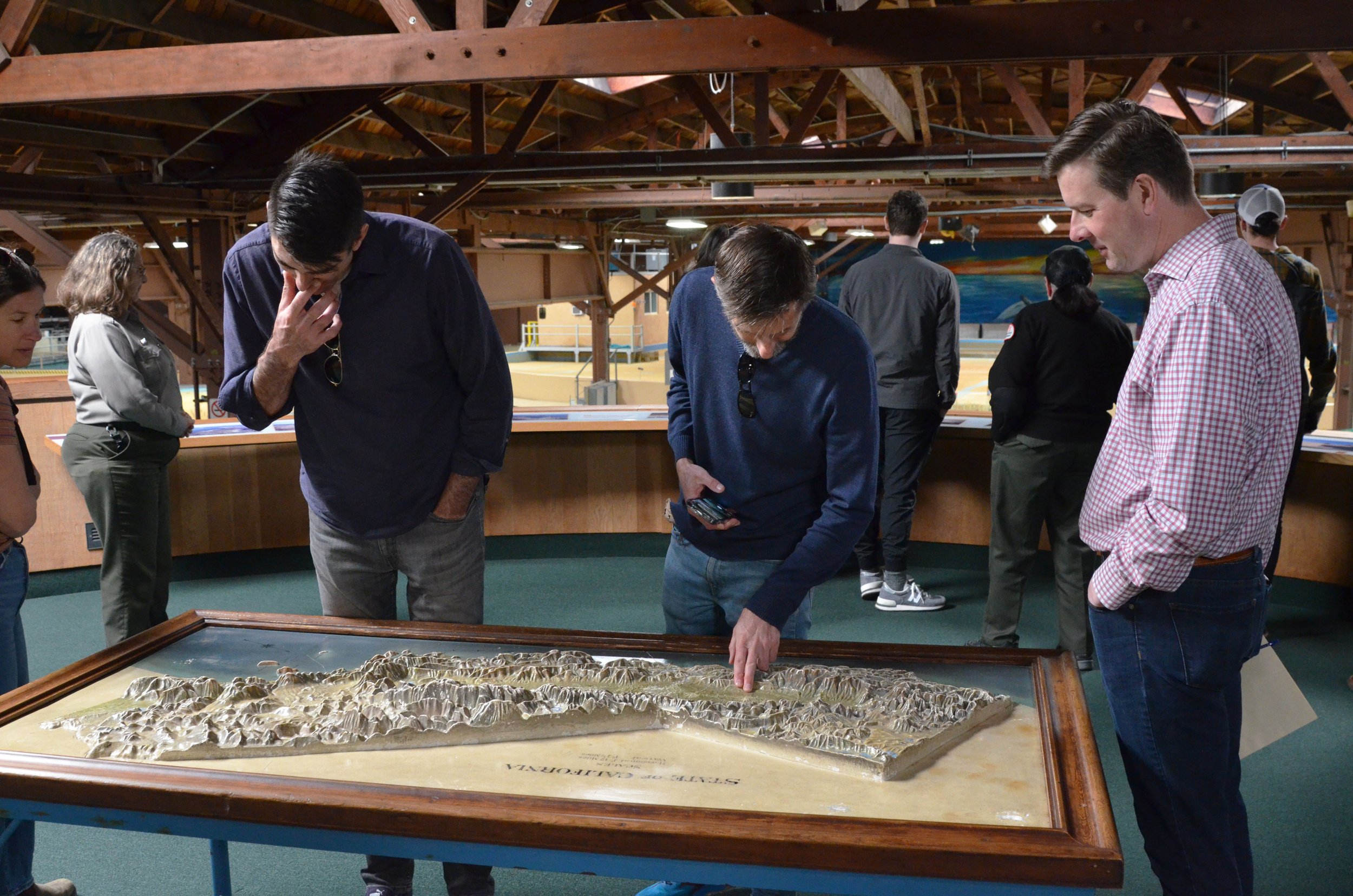
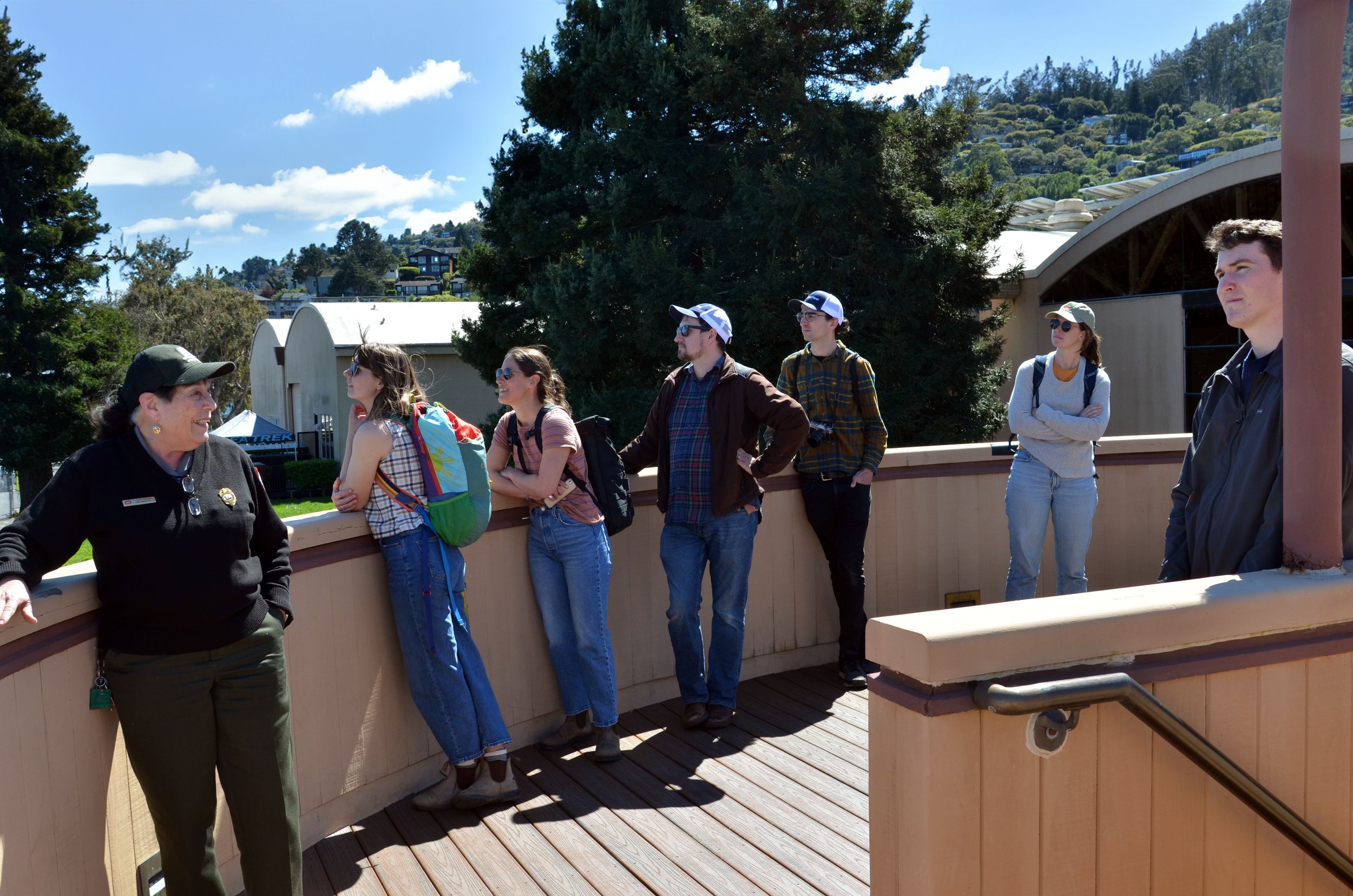
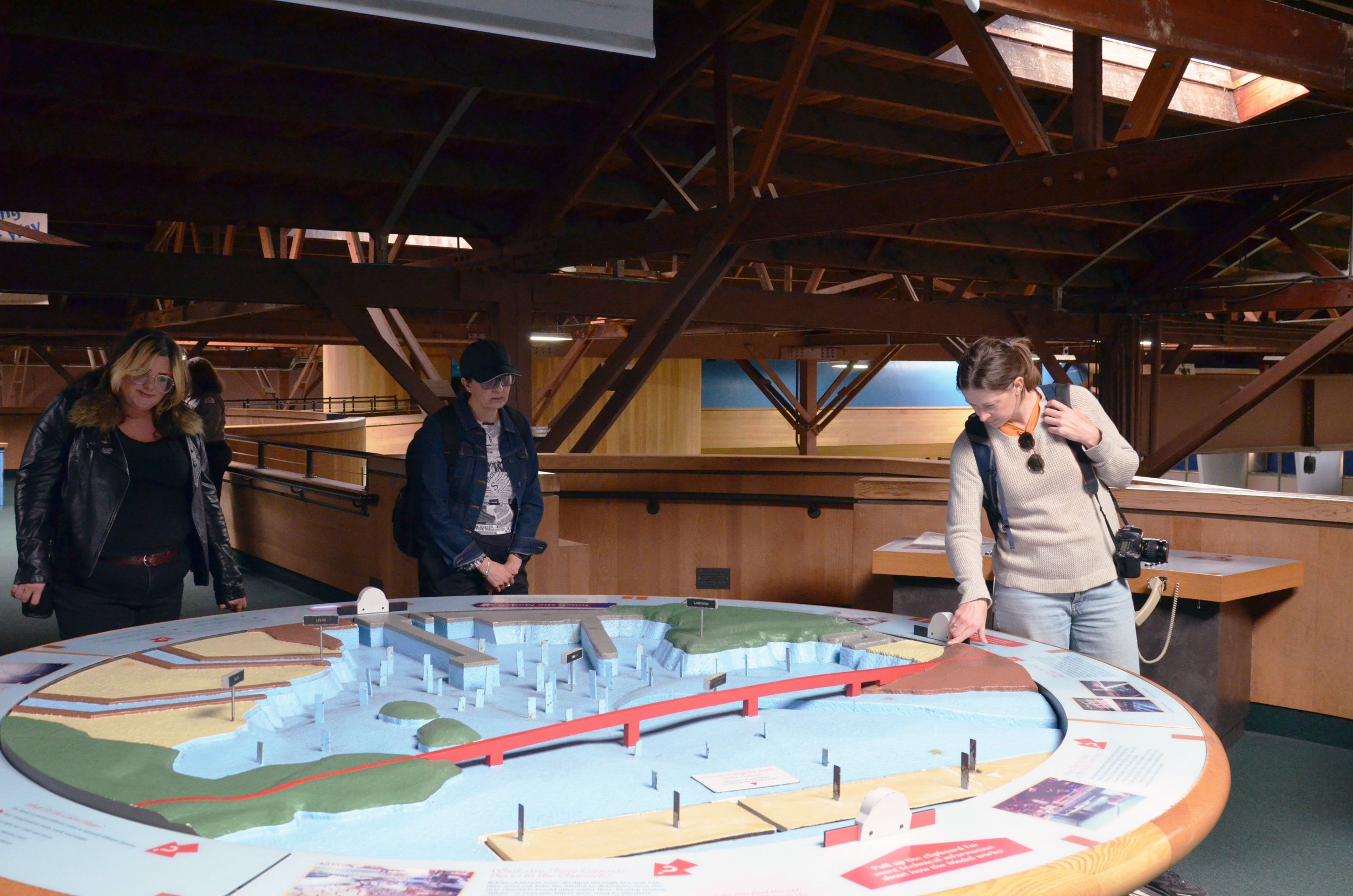

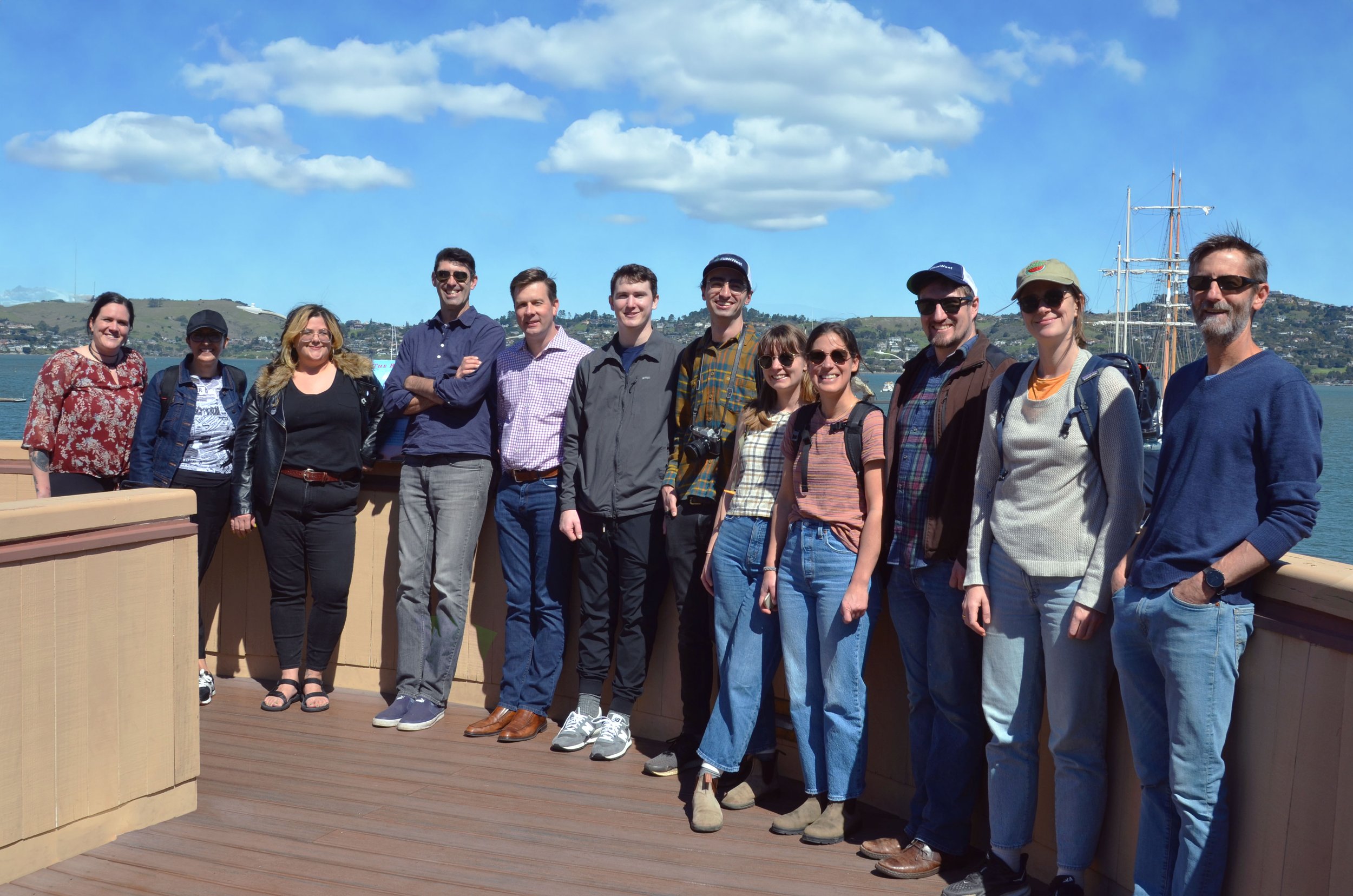

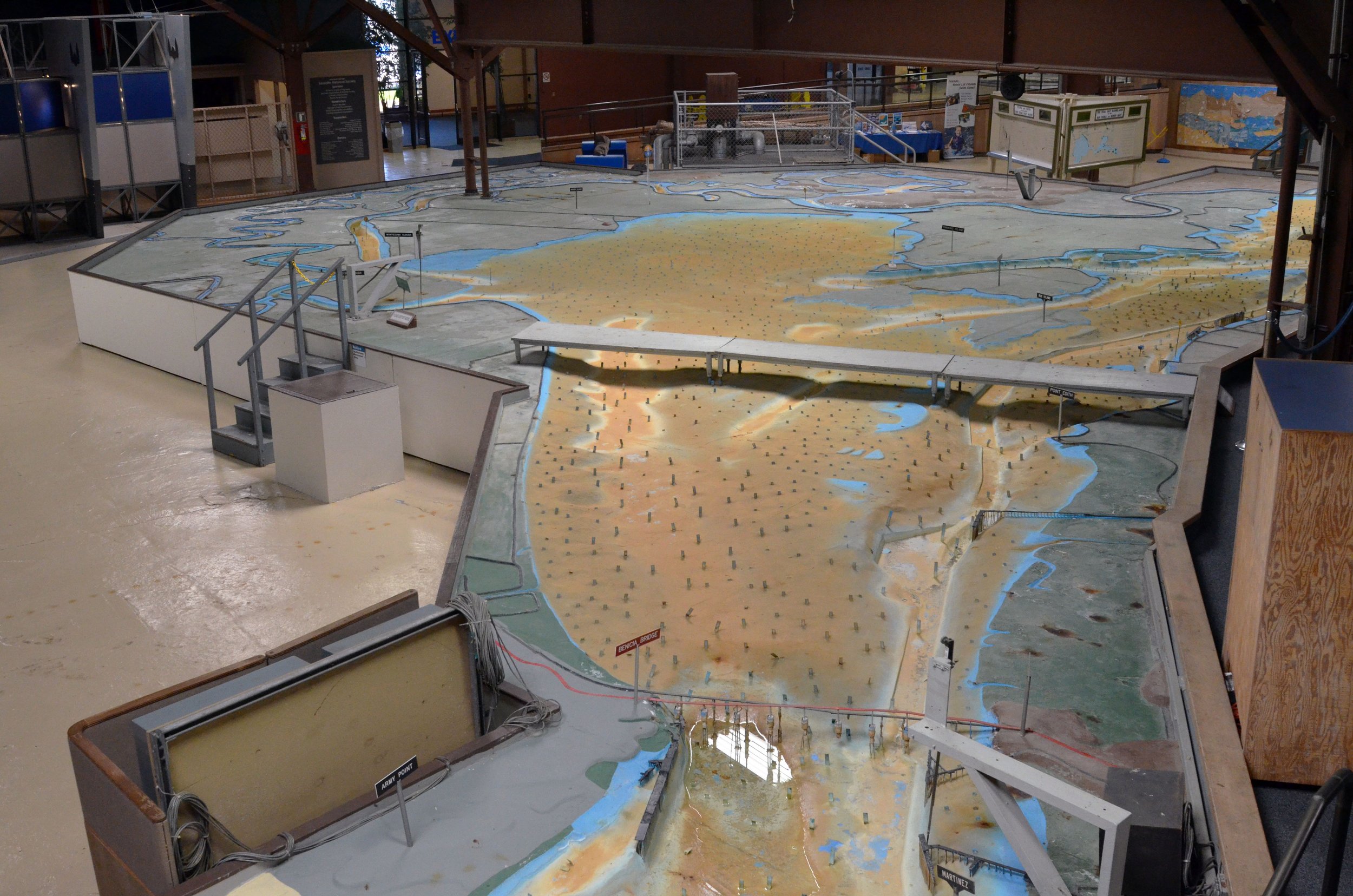
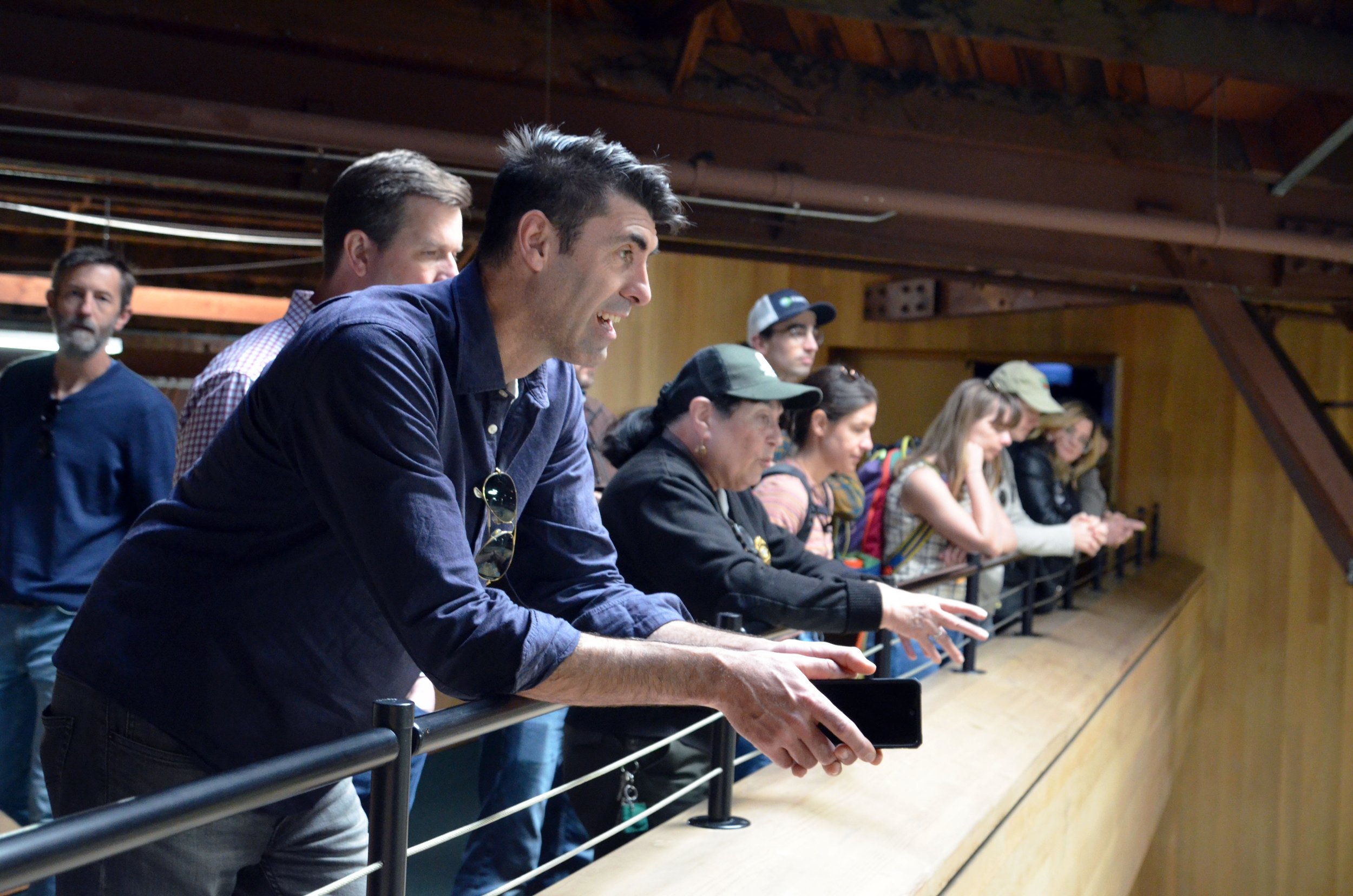
As specialists in water resources management, understanding the behavior of rivers, estuaries, and coastal areas is at the core of our work. Our visit to the Bay Model was a reminder of the critical role that innovative engineering plays in shaping our understanding of the natural world and guiding our stewardship of it. We are grateful to the Army Corps of Engineers and all those who continue to push the boundaries of knowledge in water resource engineering. Thank you to all the staff at the Bay Model Visitor’s Center who made our visit an experience to remember!





